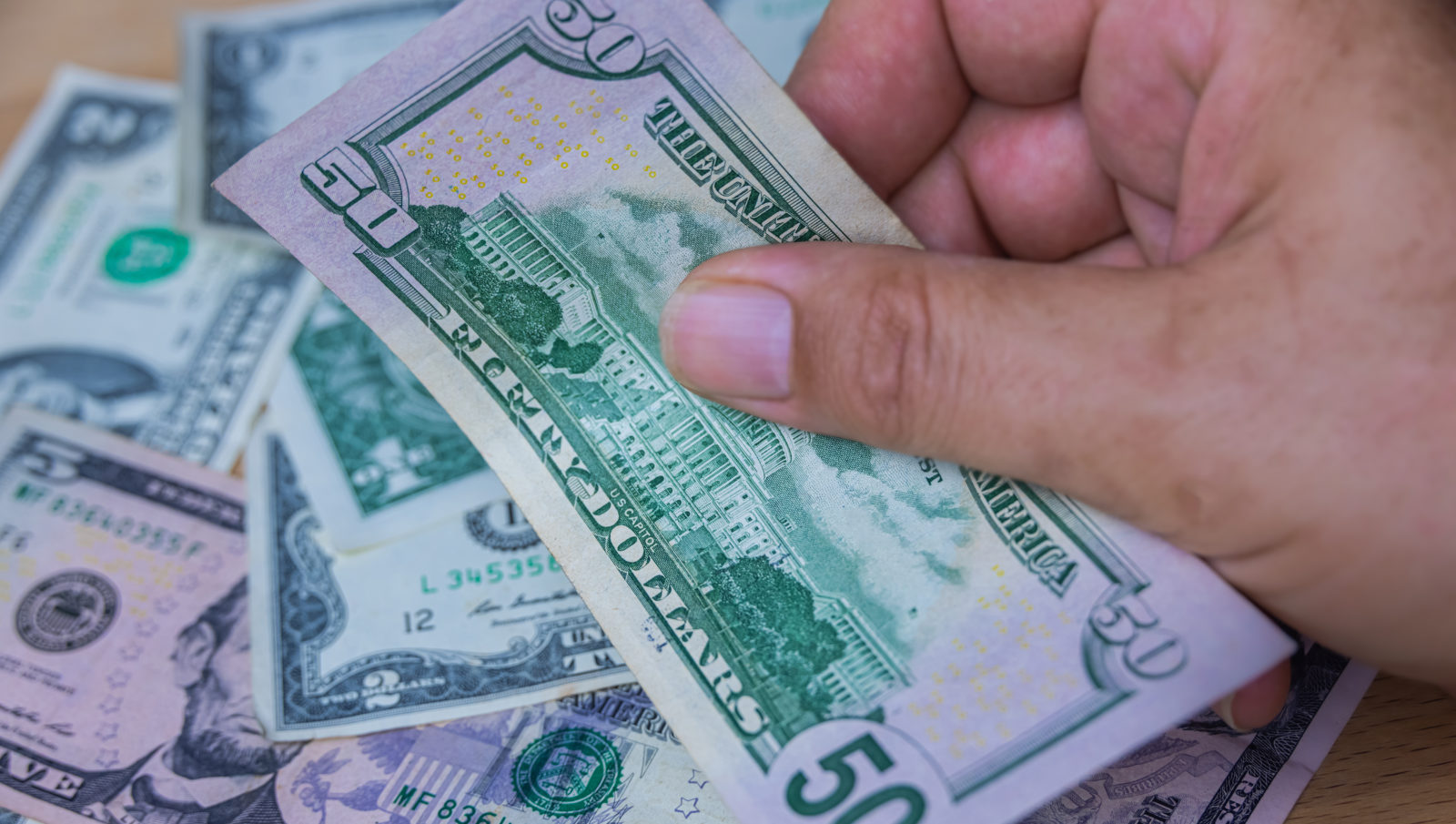
Updated restrictions on SAMHSA’s federal grant funding for medical cannabis
Federal grant restrictions on cannabis-related funding by the Substance Abuse and Mental Health Authority (SAMHSA) were announced earlier this week.
The news broke when the Pennsylvania Department of Drug and Alcohol Programs (PDDAP) noted a text change on Aug. 2 for organizations eligible for state SAMHSA grants.
“SAMHSA grant funds may not be used to purchase, prescribe, or provide marijuana or marijuana treatment. See, for example, 45 CFR 75.300 (a) (requires HHS to ensure that federal funds are used in full compliance with US legal and regulatory requirements); 21 USC 812 (c) (10) and 841 (Prohibition of Possession, Manufacture, Sale, Purchase or Distribution of Marijuana) ”reads the new wording.
The earlier text was much longer and spoke of a ban on agents used “to buy, prescribe, or provide marijuana, or to treat marijuana”. The original medical cannabis restrictions clause was added in 2020 and automatically carried over to the 2021 version.
PDDAP officials released a memo on June 2, 2021 warning that SAMHSA’s policies could jeopardize health funding. The memo also included a SAMHSA FAQ page of five questions and answers dated Jan. 1, 2020 that clarified their stance on medical cannabis. The final question / answer revolved around whether a patient insisted on continuing to use medicinal cannabis, which came with a limiting answer:
“No. The organization cannot help a patient who is using medical marijuana for a mental disorder or substance abuse who wishes to maintain such treatment,” it reads. “SAMHSA encourages the use of evidence-based practices and there is no evidence of such treatment; In fact, there is growing evidence that marijuana can make mental symptoms worse.
“In addition, SAMHSA believes that the use of marijuana for these conditions in a treatment program to treat these conditions may compromise the therapeutic environment for those patients who receive services, who remain abstinent, use evidence-based treatment approaches, and seek recovery.”
Shutterstock
Updated information on federal grant funding
PDDAP released a newer memo on August 2nd stating that the new update took effect on August 1st. “The updated term no longer includes the second prohibition: ‘Grant funds cannot be given to individuals or organizations that offer or allow the use of marijuana for the purpose of treating drug use or mental disorders.'”
SAMHSA has a history of negative medical cannabis use. In September 2020, the agency revived the idea of testing hair for applicants and employees. The proposal states that “hair testing potentially has several advantages over urine,” including “a longer window of time for drug detection,” although it also added that the process can be unreliable.
“… Scientific proof [suggests] that melanin pigments can affect the amount of drug incorporated into hair, “and also found that” codeine levels in black hair were seven times higher than in brown hair and 14-15 times higher than in blonde hair, “the suggestion stated.

In 2019, the SAMHSA stated that it would not give money to support the addition of opioids if cannabis use was involved. In an interview, Dr. Elinore McCance-Katz, whose agency at the time distributed grants for government programs, gave her opinion on medical cannabis.
“We felt it was time to make it clear that we did not want people who receive funding for treatment services to be exposed to marijuana and somehow give the impression that it was treatment,” she said Associated Press, stating that there is “no evidence” that medicinal cannabis was a viable medical treatment.
This exciting update could mean good news for funding and the cannabis industry.

Post a comment: